/e15c7e37-7f63-4a55-a3b9-d34a0cdd5e41.png)
Classical Conditioning Model
Review Rating Score
Classical conditioning is a fundamental concept in psychology that explains how learning occurs when a neutral stimulus is paired with a stimulus that already triggers a specific response. In simpler terms, classical conditioning involves learning by association. Here is a classical conditioning example that can help illustrate this concept.
Classical Conditioning Example
Meet Sophie, a five-year-old girl who loves chocolate cake. Every time Sophie smells the aroma of chocolate cake, she starts to salivate. In this case, the smell of the cake is the unconditioned stimulus that triggers the unconditioned response of salivating.
Now, let's introduce a new stimulus, a bell. The sound of the bell by itself does not trigger any response from Sophie. However, if we start ringing the bell every time we present her with a chocolate cake, eventually, the sound of the bell alone will start to trigger a response from Sophie. In other words, the bell has become a conditioned stimulus.
After several pairings of the bell and the chocolate cake, Sophie starts to salivate every time she hears the sound of the bell, even if there's no cake present. In this scenario, the salivation is now a conditioned response that has been learned through classical conditioning. The bell, which was once a neutral stimulus, has become a conditioned stimulus that produces a response similar to that produced by the chocolate cake.
How Does Classical Conditioning Work?
The process of classical conditioning involves four distinct stages:
- Unconditioned Stimulus (UCS): A stimulus that triggers an innate, automatic response without prior learning.
- Unconditioned Response (UCR): The automatic, unlearned response produced by the unconditioned stimulus.
- Conditioned Stimulus (CS): A previously neutral stimulus that, after being paired with an unconditioned stimulus, starts to trigger a conditioned response.
- Conditioned Response (CR): The learned response produced by the conditioned stimulus, which is similar to the unconditioned response.
Download Our Classical Conditioning Example Document
If you want to learn more about classical conditioning and how it affects learning and behavior, download our classical conditioning example document. It includes more detailed explanations, examples, and diagrams to help you understand this concept better. Our document is available in DOCX format and can be easily downloaded from BizzLibrary.com.
At BizzLibrary.com, we offer a wide range of free and premium document templates on various topics, including psychology, education, business, and more. Visit our website today and start exploring our collection!
Is the template content above helpful?
Thanks for letting us know!
Reviews
Thomasina Chandler(6/24/2023) - DEU
Thank you for the checklist
Last modified
Our Latest Blog
- A Guide to Make a Business Plan That Really Works
- The Importance of Vehicle Inspections in Rent-to-Own Car Agreements
- Setting Up Your E-mail Marketing for Your Business: The Blueprint to Skyrocketing Engagement and Sales
- The Power of Document Templates: Enhancing Efficiency and Streamlining Workflows
Template Tags
Need help?
We are standing by to assist you. Please keep in mind we are not licensed attorneys and cannot address any legal related questions.
-
Chat
Online - Email
Send a message
You May Also Like
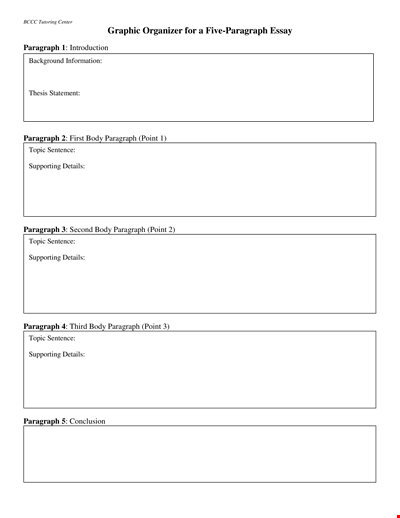
Five Paragraph Essay Graphic Organizer - July | Paragraph, Point, Topic Sentence
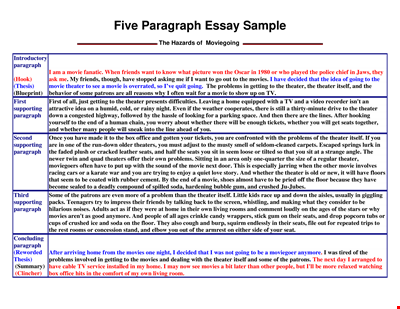
Sample Paragraph Informative Essay - Writing Paragraphs with Specific Topic Sentences
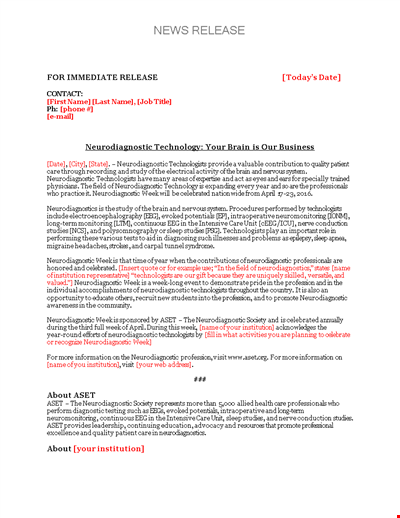
Create Professional Press Releases with our Template
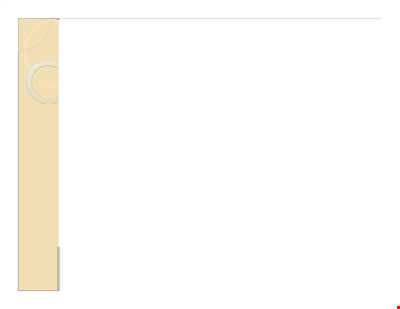
Research Paper Template
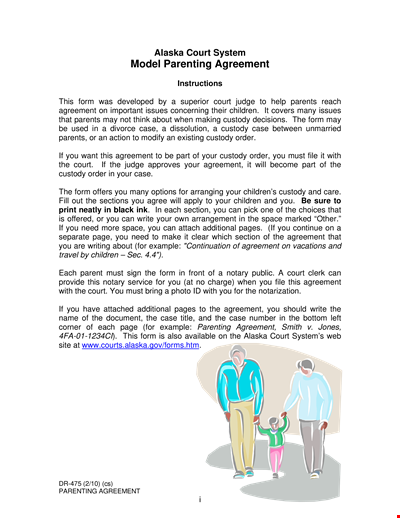
Parent Mom Custody Agreement Template
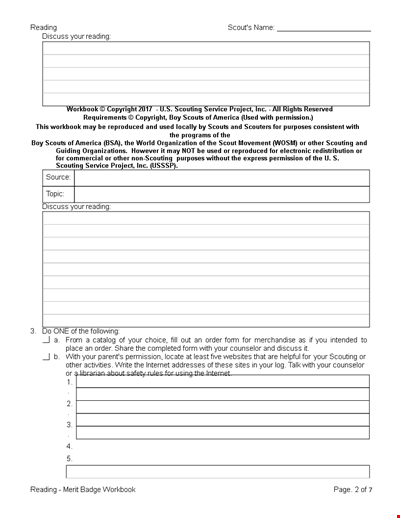
Reading Workbook Template
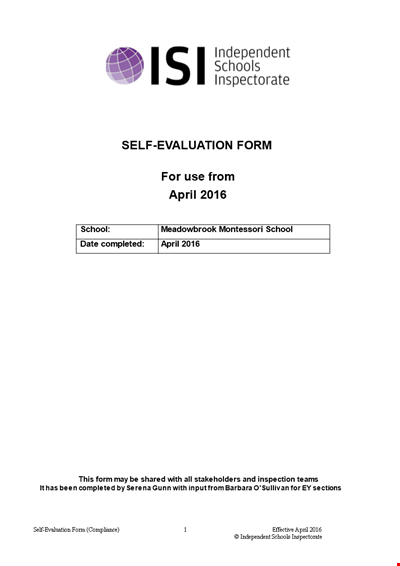
Self Evaluation Examples for School - Writing Standard Paragraphs
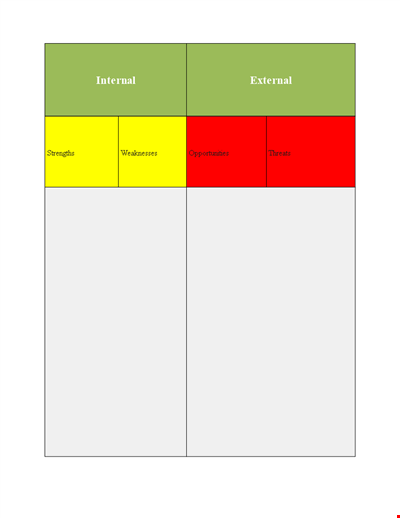
SWOT Analysis Template | Identify Internal Strengths & External Opportunities
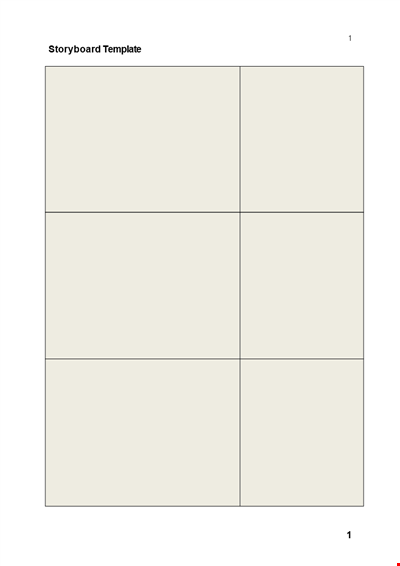
Create a Powerful Visual Narrative with our Story Board Template
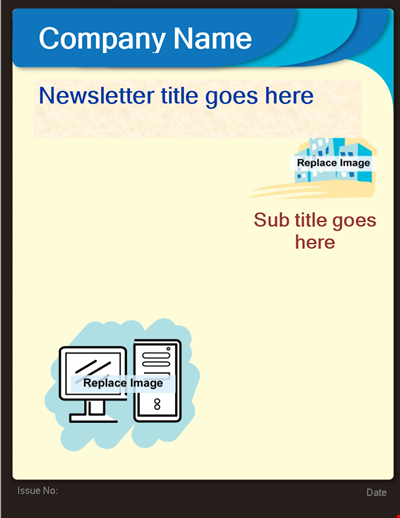
Professional Newsletter Templates - Customize and Send in Minutes
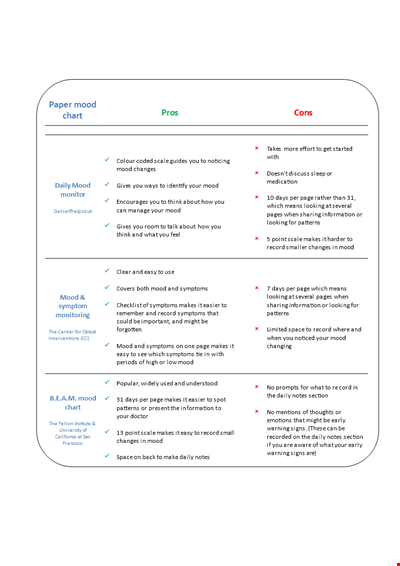
Pros and Cons of Using Our Document Templates - Get the Best Templates for Your Needs

Professionally Designed Letterhead Templates | Free Download
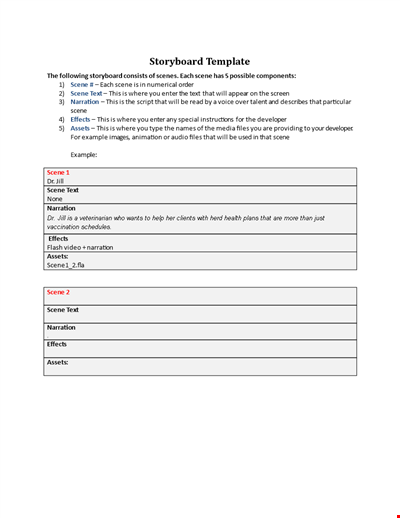
Create Compelling Narratives with Effective Scene and Storyboard Effects
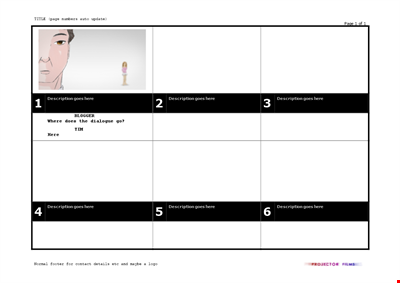
Create a Stunning Story Board and Description | Tips for Bloggers
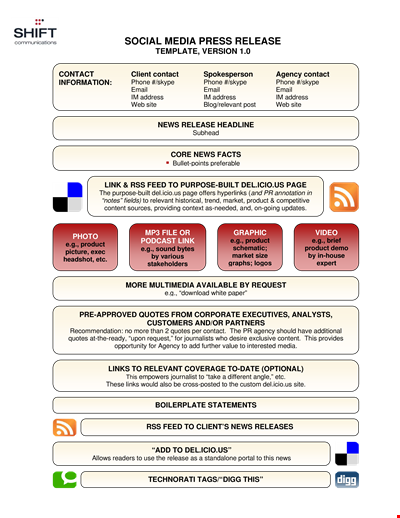
Effective Press Release Template | Improve Your PR Strategy | Contact Us
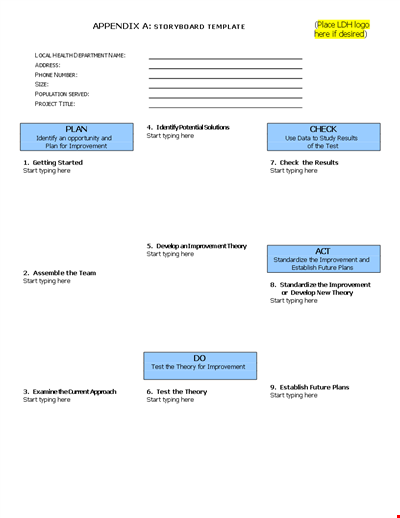
Enhance Your Typing Skills with Story Board - Start Improving Today!